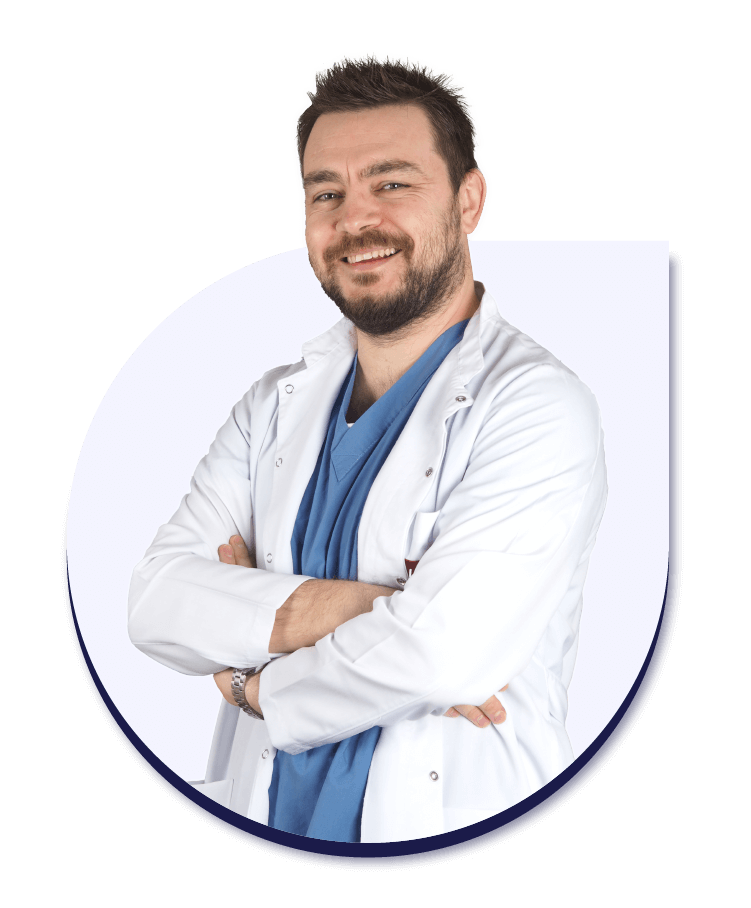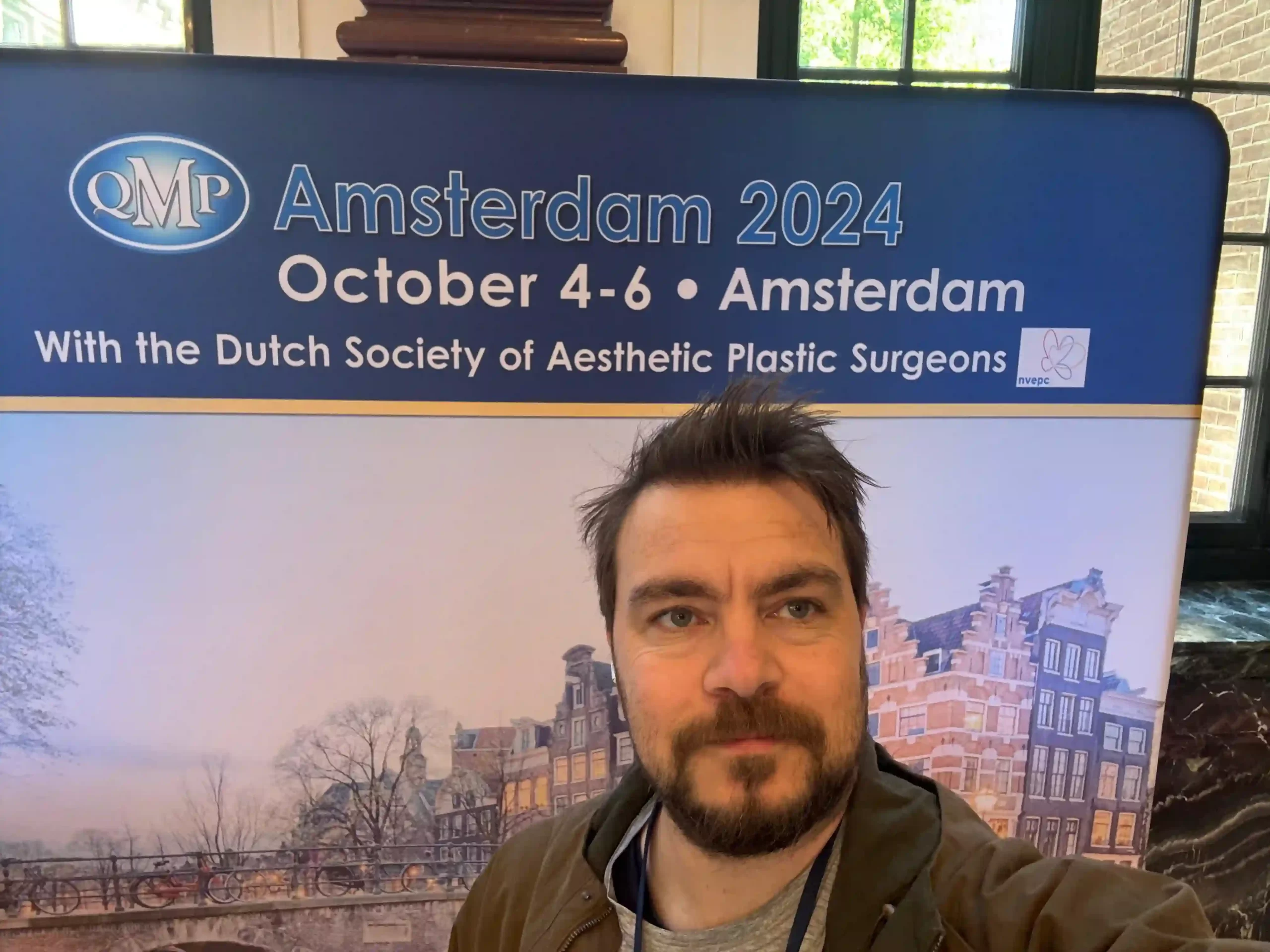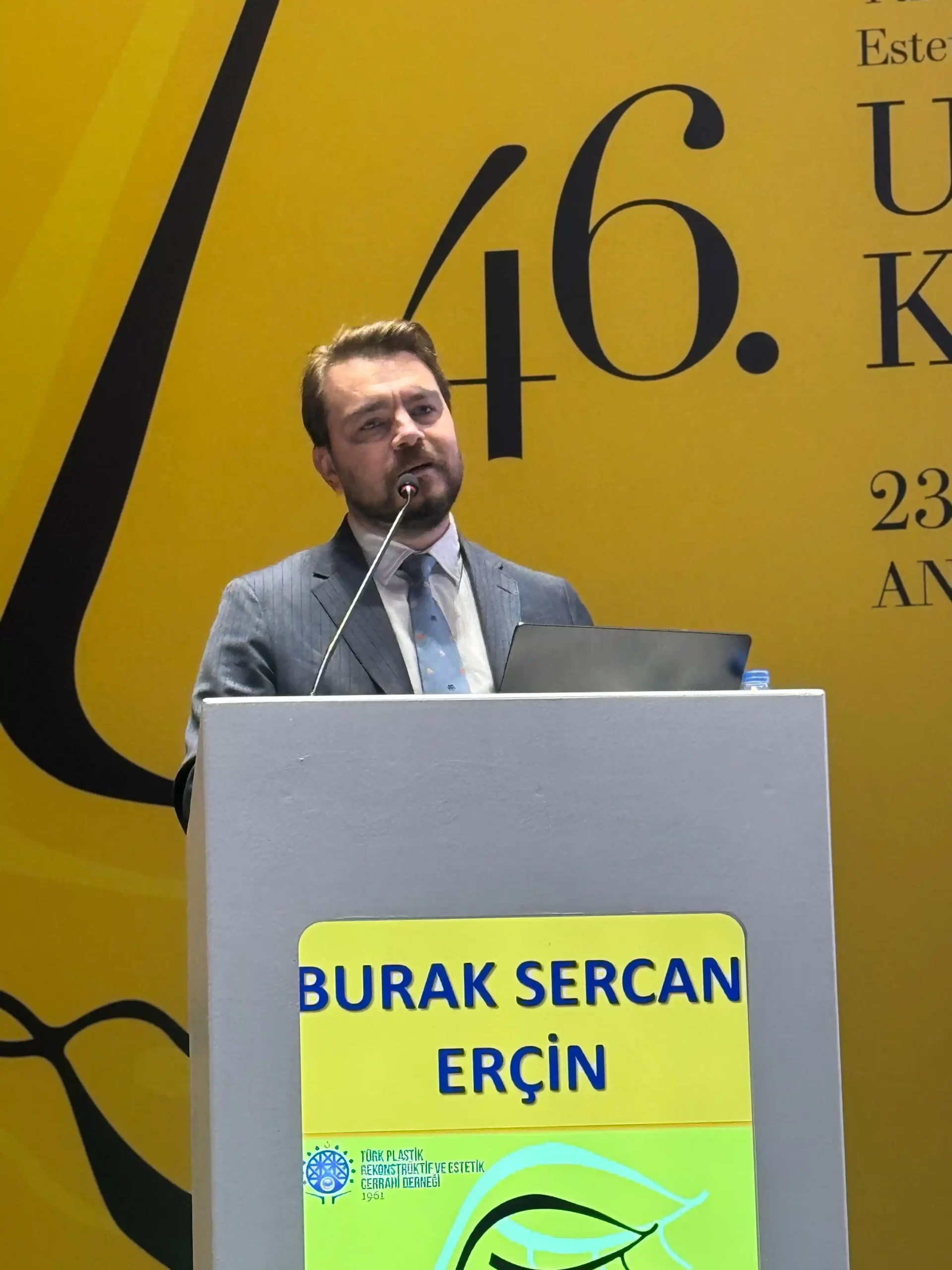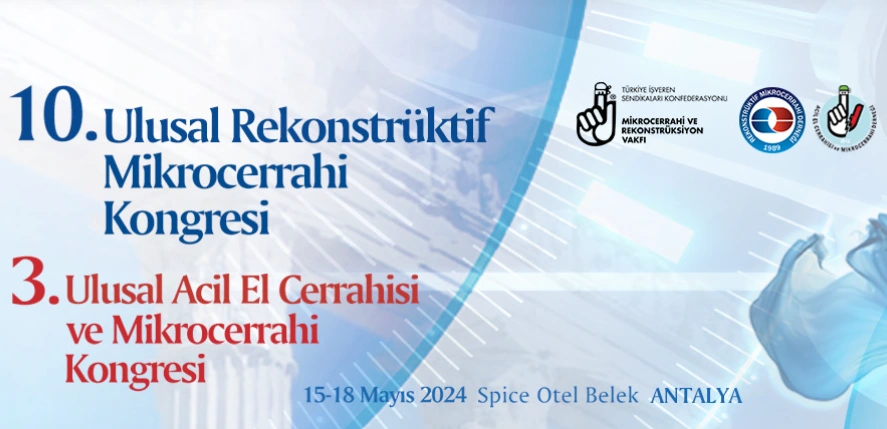The lack of voluntary muscular action in the face is referred to as facial paralysis. It can occur on one or both sides of the face and can be caused by nerve injury, viral infections, tumors, or trauma. Facial paralysis can impair facial expressions, blinking, and other actions.
Facial paralysis rehabilitation is a process that requires care and expertise. The professional support you receive during this delicate process will directly impact both the effectiveness of the treatment and your mental and emotional well-being. In this article, we have thoroughly examined the facial paralysis rehabilitation process, from its definition to its techniques. Keep reading!
What Is Facial Paralysis Rehabilitation?
Facial paralysis rehabilitation is a thorough and tailored method that addresses the difficulties caused by the lack of voluntary muscular movement in the face. When people endure facial paralysis, whether from nerve injury, viral infections, trauma, or other causes, the consequences go beyond physical restrictions. Rehabilitation aims not just to restore face muscle function but also to improve general well-being.
The rehabilitation journey begins with a thorough examination by the doctor. The primary determinants of treatment are the underlying causes of the condition. Therefore, choosing the right specialist to collaborate with is both the first and most crucial stage of the treatment.
How Does Facial Paralysis Rehabilitation Work?
Physical therapy takes center stage in rehabilitation, with precise exercises designed to improve muscular strength, coordination, and flexibility. As muscles restore function, this specific regimen evolves progressively, offering a tailored and successful approach for each individual. Complementary approaches such as electrical stimulation and biofeedback may also be used to improve the overall effectiveness of the rehabilitation process.
Common Facial Paralysis Rehabilitation Techniques
In the process of facial paralysis rehabilitation, various techniques can be employed. Your doctor will inform and guide you on which of these alternatives will be applied. Let’s take a look at the most commonly used methods:
1. Neuromuscular Retraining (NMR): NMR is a method for re-educating and retraining the face muscles. Individuals seek to restore appropriate muscular function, coordination, and control through specialized workouts and activities. This method focuses on activating neural pathways in order to improve communication between nerves and facial muscles.
2. Electromyography (EMG) Biofeedback: The use of electrical sensors to monitor and provide feedback on muscle activation is what EMG biofeedback is all about. Individuals can visibly or audibly sense their muscular contractions by inserting electrodes into face muscles. This real-time input aids in the improvement of face muscle awareness and control, helping to the overall rehabilitation process.
3. Manual Massage: Manual massage is a hands-on method used to increase circulation, relieve muscular tension, and improve face muscle flexibility. Skilled therapists utilize mild and focused massage techniques to relieve stiffness, enhance blood flow, and assist muscular function recovery. Manual massage can be very useful when combined with other forms of therapy.
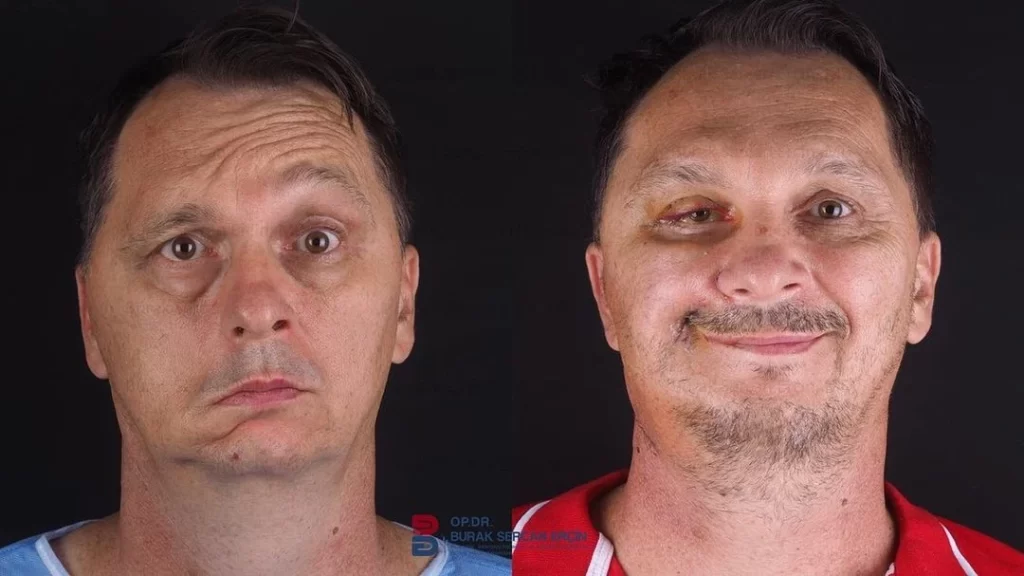
What Are the Best Facial Paralysis Rehabilitation Techniques?
The preference for which technique to use in Facial Paralysis Rehabilitation depends on the patient’s condition and circumstances. The determination of the ‘best’ alternative here will vary from patient to patient. Therefore, the doctor’s decision in choosing the preferred treatment is crucial. There are many effective practices that can be employed during Facial Paralysis Rehabilitation. If you want to understand which one is suitable for you, consult your doctor promptly and benefit from their expert opinion. You can quickly access our counseling services by calling our clinic!
What Is the Best Treatment for Facial Paralysis?
The optimum therapy for facial paralysis is determined by a number of factors, including the underlying etiology, the level of paralysis, and individual circumstances. Because of the variety of reasons and the distinct presentation in each instance, there is no one-size-fits-all treatment. Medication, physical therapy, and surgical procedures are all options for treating certain elements of facial paralysis. Corticosteroids or antiviral drugs may be administered for some, while rehabilitative therapy such as neuromuscular retraining or biofeedback may be more beneficial for others.
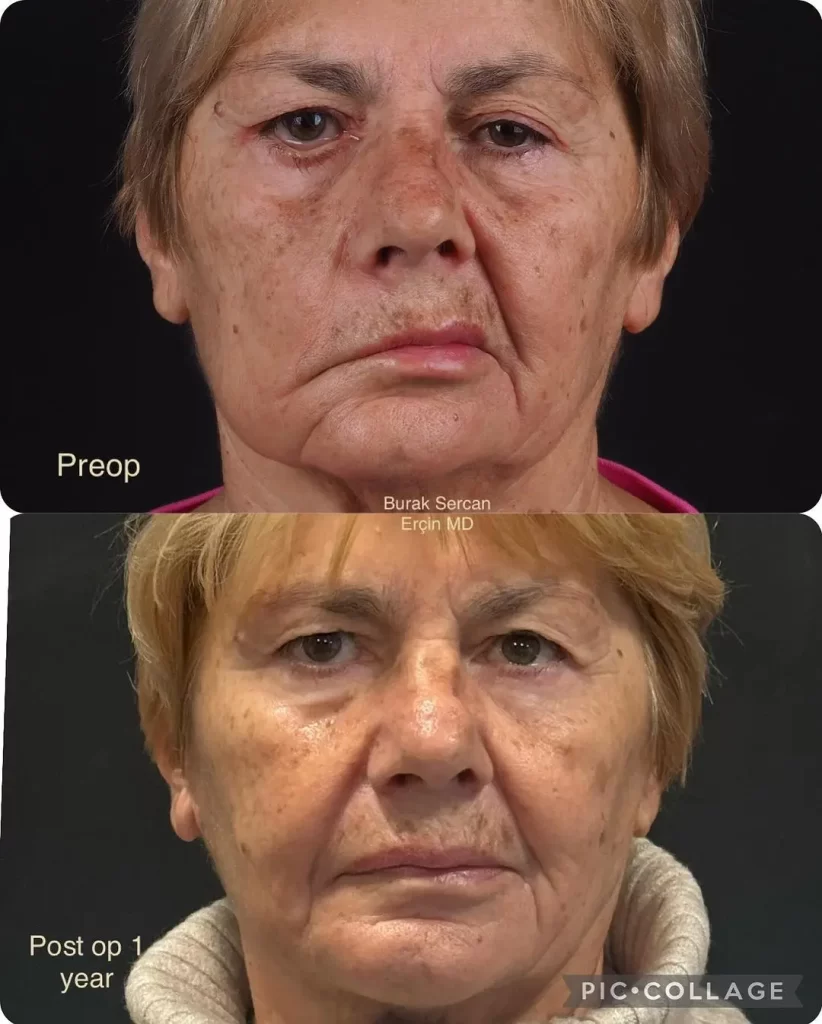
How Does Dr. Burak Assess a Patient’s Facial Paralysis Symptoms?
Dr. Burak, an esteemed professional in the field, employs a meticulous and comprehensive approach in assessing a patient’s facial paralysis symptoms. With a keen eye for detail and a wealth of expertise, he conducts thorough evaluations to pinpoint the underlying causes and the extent of paralysis. Dr. Burak’s commitment to excellence is evident in his ability to interpret complex symptoms with precision, enabling him to tailor personalized treatment plans. You can contact us now to schedule an appointment with him!
Can Central Facial Paralysis Clear Up on Its Own?
The underlying cause determines whether central facial paralysis can resolve on its own. Improvement in facial mobility may occur in certain circumstances if the reason is reversible or if the nerves may heal spontaneously. Individuals experiencing central facial paralysis should seek quick medical attention for a thorough assessment since treatment choices and outcomes vary depending on the precise diagnosis and contributing circumstances.
Make a Meaningful Recovery from Central Facial Palsy
Recovering from central facial palsy requires a combination of medical assistance, treatment, and your own drive.
Treatment strategies from Dr. Burak Sercan are then personalized to your specific condition, which may involve drugs, physical therapy, or even surgery. Rehabilitation, which includes exercises and procedures to assist your face muscles in restoring strength and coordination, becomes an important player. But, in addition to the physical components, it is critical to recognize the emotional part of the trip. Patience and support, both from healthcare providers and from within yourself, are essential. It takes time and devotion, but recovering from central facial palsy means not just restoring facial expressions, but also reclaiming a vibrant life!


